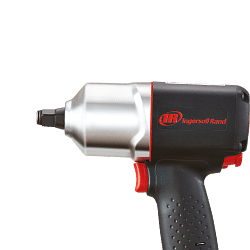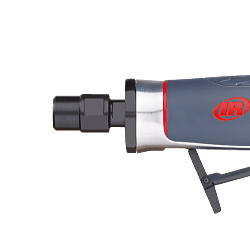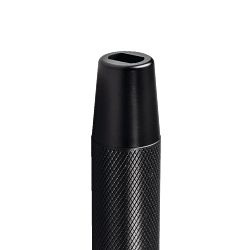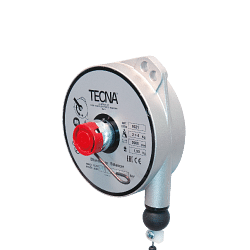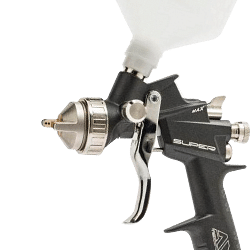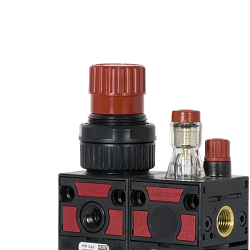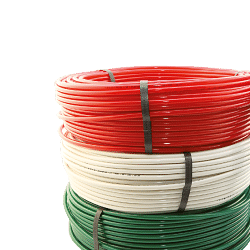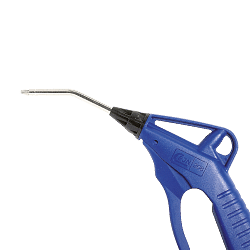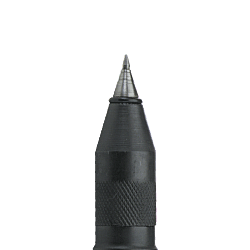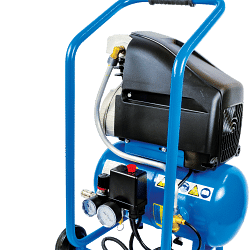You have no items in your shopping cart.
Register and use the discount code NEWWELCOME to get 10% off on your first purchase. GET DISCOUNT.
Register and use the discount code NEWWELCOME to get 10% off on your first purchase. GET DISCOUNT.
Register and use the discount code NEWWELCOME to get 10% off on your first purchase. GET DISCOUNT.
Free shipping in 24h from 200€
Catalogues
Customer service
How can we help you?
- Faq
- Customer service
02.927371
- Supporting big orders
02.38298620
-
info@linkindustrialtools.it
- Request assistance with form
Or contact us with the chat in the lower right corner
- All products
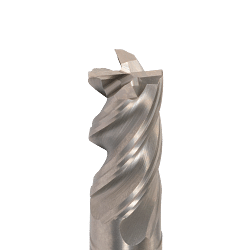 Integral cutting tools
Integral cutting tools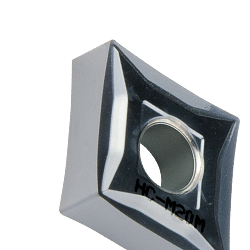 Turning tools
Turning tools Thread tools
Thread tools Thread tools
Thread tools- All products
- Thread inserts
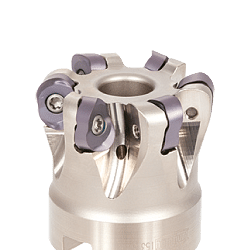 Milling cutters
Milling cutters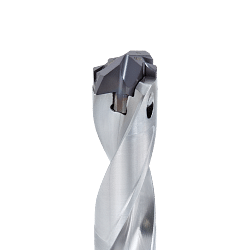 Drilling tools
Drilling tools Drilling tools
Drilling tools- All products
- Indexable drill bits
- Indexable drill heads
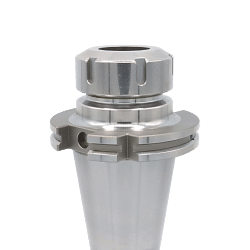 Clamping systems
Clamping systems Measuring and precision tools
Measuring and precision tools Measuring and precision tools
Measuring and precision tools- All products
- Digital calipers with readings to 0.01
- Analogue calipers
- Digital micrometers
- Analogue micrometers
- Bore gauges
- Snap gauges
- Digital gauges
- Analogue gauges
- Touch probes
- Zero setters and edge finders
- Inspection plates
- Altimeters
- Height gauges
- Squares and levels
- Threaded rings
- Gauge blocks
- Calibrated tapes and thickness gauges
- Digital and analogue hardness testers
- Roughness testers
- Microscopes, lenses and visors
- Digital thermo-hygrometer to measure moisture
- Reset benches
- Optical profile projector
- Professional, digital dynamometers
- Laboratory scales
- Digital amperometric pliers
- Thickness and adhesion gauges
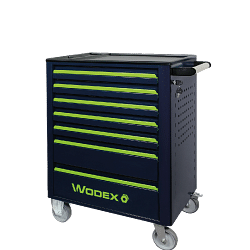 Hand tools
Hand tools Hand tools
Hand tools- All products
- Combination wrenches
- Spanners
- Hook wrenches
- Tubular wrenches
- Hexagon keys
- Torx wrench
- Socket wrenches
- Screwdrivers
- Torque wrenches
- Torque screwdriver
- Inserts and bits for screw drivers
- Tool trolleys
- Workshop pliers
- Wire strippers
- Cable strippers
- Cutting nippers
- Professional scissors
- Nippers
- Professional shears
- American or Swedish pipe wrench
- Adjustable wrench
- Pipe tools
- Pipe cutter for plumber
- Cutter
- Hacksaws
- Deburring tools
- Chisels
- Hammers and mallets
- Mechanical and conical pullers
- Clamps
- Tap wrenches and die stocks
- Riveters
- Flexometers
- Tape measures
- Markers
- Flat squares and rulers
- Professional dividers
- Professional protractors
- Brushes
- Lubricators and spray nozzles
- T-wrenches
- Reversible ratchets
 Abrasives
Abrasives Abrasives
Abrasives- All products
- Cutting discs
- Deburring grinding wheel
- Flap discs
- Fabric discs for surface treatment
- Abrasive fibre discs with Velcro
- Abrasive cloth in rolls, sheets and bands
- Flap wheels with pin and abrasive wheel with hole
- Abrasive wheels for buffing machines
- Abrasive spiral bands
- Abrasive brushes
- Flexible sanders
- Mounted grinding discs
- Polishing felt
- Solid carbide rotary cutters
- HSS rotary cutters
- Abrasive wheels for sharpening and grinding
- Diamond grinding wheels
- Grinding stone
- Diamond paste
- Abrasive stones
- Files and rasps
- Diamond files
- Grinders and polishing equipment
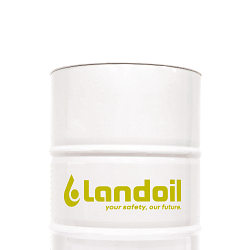 Lubricants for machine tools
Lubricants for machine tools Lubricants for machine tools
Lubricants for machine tools- All products
- Water-miscible coolants
- Neat cutting oil
- Minimal lubrication systems
- Oil for guides and slides
- Drums of hydraulic oil fluid
- Anti-freeze for machine tools
- Air coolers
- Oil separator
- Powders and absorbents for oil
- Aspirators for oil mist
- Accessories for cooling lubricants
- Metal and mould protectors
- Grease and paste
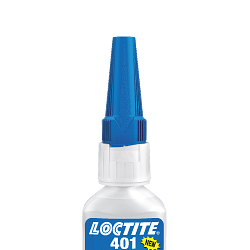 Chemical, adhesives and sealants
Chemical, adhesives and sealants Chemical, adhesives and sealants
Chemical, adhesives and sealants- All products
- Acrylic, cyanoacrylate and epoxy adhesives
- Guns and silicon sealant
- Threadlocker
- Sealants and retainers
- Release agents, lubricants and anti-seize
- Zinc spray and polishes
- Lubrication accessories
- Protections for maintenance
- Industrial Cleansing
- Handwash
- Industrial cloths and rags
- Welding machines
- Electrodes
- Clamps, shields and welding masks
- Antispatter
 Safety equipment
Safety equipment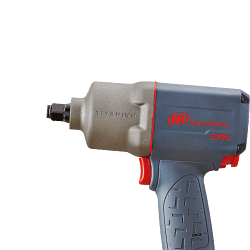 Pneumatics
Pneumatics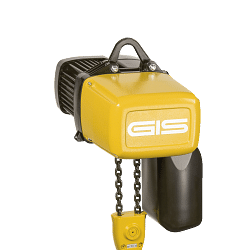 Lifting systems
Lifting systems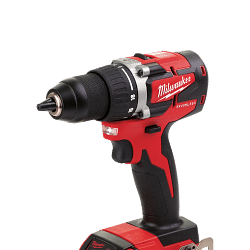 Workshop equipment
Workshop equipment Workshop equipment
Workshop equipment- All products
- Column and bench drills
- Accessories for lathes
- Band saws
- Cut-off machines
- Bench grinders
- Power tools
- Spare parts and accessories for Power Tools
- Saws and hole cutters: wood, metal and plasterboard
- Tapered cutters for sheet metal
- Industrial aspirators
- Fume aspirators
- Bench vices
- Technical lamps
- LED torches
- Industrial cable winders
- Trolley wheels
- Quick clamps
- Threaded inserts
- Control knobs
- Packaging accessories and material
- Belt sanders
- Electric tapping machines
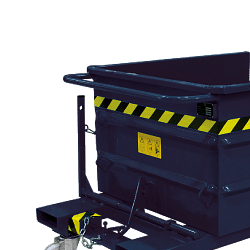 Furnishings and storage
Furnishings and storage Furnishings and storage
Furnishings and storage- All products
- Work benches
- Swivel chairs for office use
- Drawer units for workshops
- Industrial cabinets for warehouses and workshops
- Tool cabinets
- Security cabinets
- Changing room cabinets
- Containers for small metal parts
- Scrap holders
- Workshop trolleys
- Spill pallets for drum storage
- Shelves for warehouses and offices
- Cantilever shelving
- Aluminium ladders
- Modular plinths
- Units and cabinets for waste recycling
 Brand
BrandPromotions
 Bestseller
Bestseller- Catalogues
-
Catalogues
Customer service
How can we help you?
- Faq
- Customer service
02.927371
- Supporting big orders
02.38298620
-
info@linkindustrialtools.it
- Request assistance with form
Or contact us with the chat in the lower right corner
< Pneumatics
- Home
- Pneumatics
- Airbrushes
Airbrushes
Airbrushes are an essential tool in the machine shop landscape, offering precision and versatility in a wide range of applications. These devices, known for their ability to spray paints and other materials with extreme accuracy, are essential for achieving high quality finishes on different surfaces. In this in-depth look, we will explore in detail what airbrushes are, how they work, their advantages and best practices for their use.
Introduction to airbrushes
Airbrushes are tools that use compressed air to atomise and apply paint or other liquid materials to a surface. Their structure consists mainly of a reservoir for the liquid, a nozzle and an air control mechanism. The combination of these elements results in a uniform and controlled application of the material, making them ideal for precision work.
Functioning of spray guns
The operating principle of spray guns is based on the use of compressed air to atomise the liquid. As the air passes through the nozzle, it creates a negative pressure that draws the liquid from the tank, mixing it with the air and turning it into a fine mist. This process allows the material to be applied evenly, minimising waste and ensuring uniform coverage.
Airbrush applications in machine shops
In machine shops, spray guns are used in numerous applications. They are used for painting metal components, finishing plastic surfaces and decorating complex parts. Their ability to apply thin, uniform layers makes them ideal for jobs requiring precision and attention to detail, such as vehicle customisation or bodywork repair.
Advantages of using airbrushes
The use of airbrushes offers numerous advantages over other paint application methods. Firstly, they allow precise control of the paint flow, reducing waste and improving the efficiency of the process. In addition, the fine atomisation ensures a smooth and even finish, reducing the need for touch-ups or corrections. Airbrushes are also versatile, capable of handling a wide range of materials, from water-based to solvent-based paints.
Types of airbrushes and their characteristics
There are different types of airbrushes, each with specific characteristics that make them suitable for particular applications. Gravity airbrushes, for example, have the reservoir positioned above the nozzle, using gravity to feed the liquid. This design is ideal for precision work and the application of thicker materials. Siphon spray guns, on the other hand, have the reservoir below the nozzle and are suitable for applications requiring a larger amount of material.
Maintenance and care of spray guns
To ensure optimal performance and a long service life, proper maintenance of spray guns is essential. After each use, it is important to thoroughly clean the nozzle and tank to remove any paint residue. In addition, it is advisable to lubricate moving parts to prevent wear and ensure smooth operation. Regular maintenance not only prolongs the life of the airbrush, but also ensures high-quality results in every application.
Frequently asked questions about airbrushes
Many professionals ask questions about the use and maintenance of airbrushes. One of the most common questions concerns the choice of the most suitable type of airbrush for one's needs. The answer depends on the type of work to be done and the material to be applied. Another frequently asked question concerns the air pressure to be used. In general, the ideal pressure varies between 15 and 30 psi, but can be adjusted depending on the type of paint and the desired effect.
Conclusions
Airbrushes are indispensable tools in machine shops, offering precision and versatility in a wide range of applications. Their ability to apply paint and other materials in a uniform and controlled manner makes them ideal for high-quality work. With proper maintenance and the use of appropriate techniques, spray guns can guarantee excellent results and a long service life, representing a valuable investment for any professional in the industry.
Read More Read LessIntroduction to airbrushes
Airbrushes are tools that use compressed air to atomise and apply paint or other liquid materials to a surface. Their structure consists mainly of a reservoir for the liquid, a nozzle and an air control mechanism. The combination of these elements results in a uniform and controlled application of the material, making them ideal for precision work.
Functioning of spray guns
The operating principle of spray guns is based on the use of compressed air to atomise the liquid. As the air passes through the nozzle, it creates a negative pressure that draws the liquid from the tank, mixing it with the air and turning it into a fine mist. This process allows the material to be applied evenly, minimising waste and ensuring uniform coverage.
Airbrush applications in machine shops
In machine shops, spray guns are used in numerous applications. They are used for painting metal components, finishing plastic surfaces and decorating complex parts. Their ability to apply thin, uniform layers makes them ideal for jobs requiring precision and attention to detail, such as vehicle customisation or bodywork repair.
Advantages of using airbrushes
The use of airbrushes offers numerous advantages over other paint application methods. Firstly, they allow precise control of the paint flow, reducing waste and improving the efficiency of the process. In addition, the fine atomisation ensures a smooth and even finish, reducing the need for touch-ups or corrections. Airbrushes are also versatile, capable of handling a wide range of materials, from water-based to solvent-based paints.
Types of airbrushes and their characteristics
There are different types of airbrushes, each with specific characteristics that make them suitable for particular applications. Gravity airbrushes, for example, have the reservoir positioned above the nozzle, using gravity to feed the liquid. This design is ideal for precision work and the application of thicker materials. Siphon spray guns, on the other hand, have the reservoir below the nozzle and are suitable for applications requiring a larger amount of material.
Maintenance and care of spray guns
To ensure optimal performance and a long service life, proper maintenance of spray guns is essential. After each use, it is important to thoroughly clean the nozzle and tank to remove any paint residue. In addition, it is advisable to lubricate moving parts to prevent wear and ensure smooth operation. Regular maintenance not only prolongs the life of the airbrush, but also ensures high-quality results in every application.
Frequently asked questions about airbrushes
Many professionals ask questions about the use and maintenance of airbrushes. One of the most common questions concerns the choice of the most suitable type of airbrush for one's needs. The answer depends on the type of work to be done and the material to be applied. Another frequently asked question concerns the air pressure to be used. In general, the ideal pressure varies between 15 and 30 psi, but can be adjusted depending on the type of paint and the desired effect.
Conclusions
Airbrushes are indispensable tools in machine shops, offering precision and versatility in a wide range of applications. Their ability to apply paint and other materials in a uniform and controlled manner makes them ideal for high-quality work. With proper maintenance and the use of appropriate techniques, spray guns can guarantee excellent results and a long service life, representing a valuable investment for any professional in the industry.


